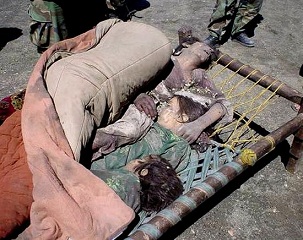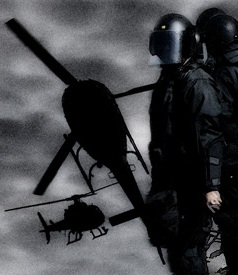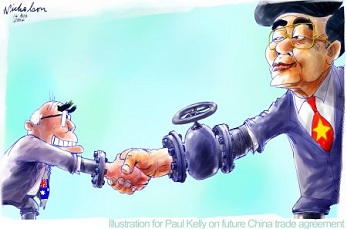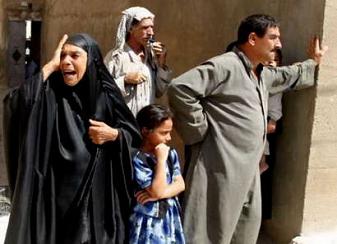Powerful Aftershock Rocks Japan

Measuring 7.1 (one or more other reports said 7.4), rocked northeast Japan, causing more damage and disruption to a devastated area. It cut electricity to four million homes, disrupted power at two nuclear facilities, and according to Kyodo News:
"Radioactive water spilled from pools holding spent nuclear fuel rods at the Onagawa power plant in Miyagi Prefecture," according to Japan's Nuclear and Industrial Safety Agency (NISA).
For up to 80 minutes, power was lost at Onagawa and the Higashidori nuclear facility. "A small amount of contaminated water spilled on the floor (inside) all three (Onagawa) reactors....In all, water spilled or leaked at eight sections of the plant," also run by Tokyo Electric (TEPCO). In addition, blowout panels designed to control pressure were damaged in reactor number three's turbine building, TEPCO saying a complete damage assessment was ongoing.
Moreover, a Rokkasho village (Aomori Prefecture) spent nuclear fuel disposal facility also lost power temporarily. The extent of nuclear facility damage is unknown, except for sketchy and unreliable official reports.
As always, they say damage, new or earlier, poses no dangers. Already, in fact, Fukushima caused potentially apocalyptic ones, covered up to conceal their gravity, extending far beyond Japan and the Pacific rim.
Other reports also downplay them, including from The New York Times and Al Jazeera, often indistinguishable from and as unreliable as BBC, headlining (on April 8) "Japan quake causes radioactive spill," saying:
"A powerful earthquake in northeast Japan rocked a nuclear plant, causing a small amount of radioactive water to spill, but the operator said there was no immediate danger," [case closed.]






























